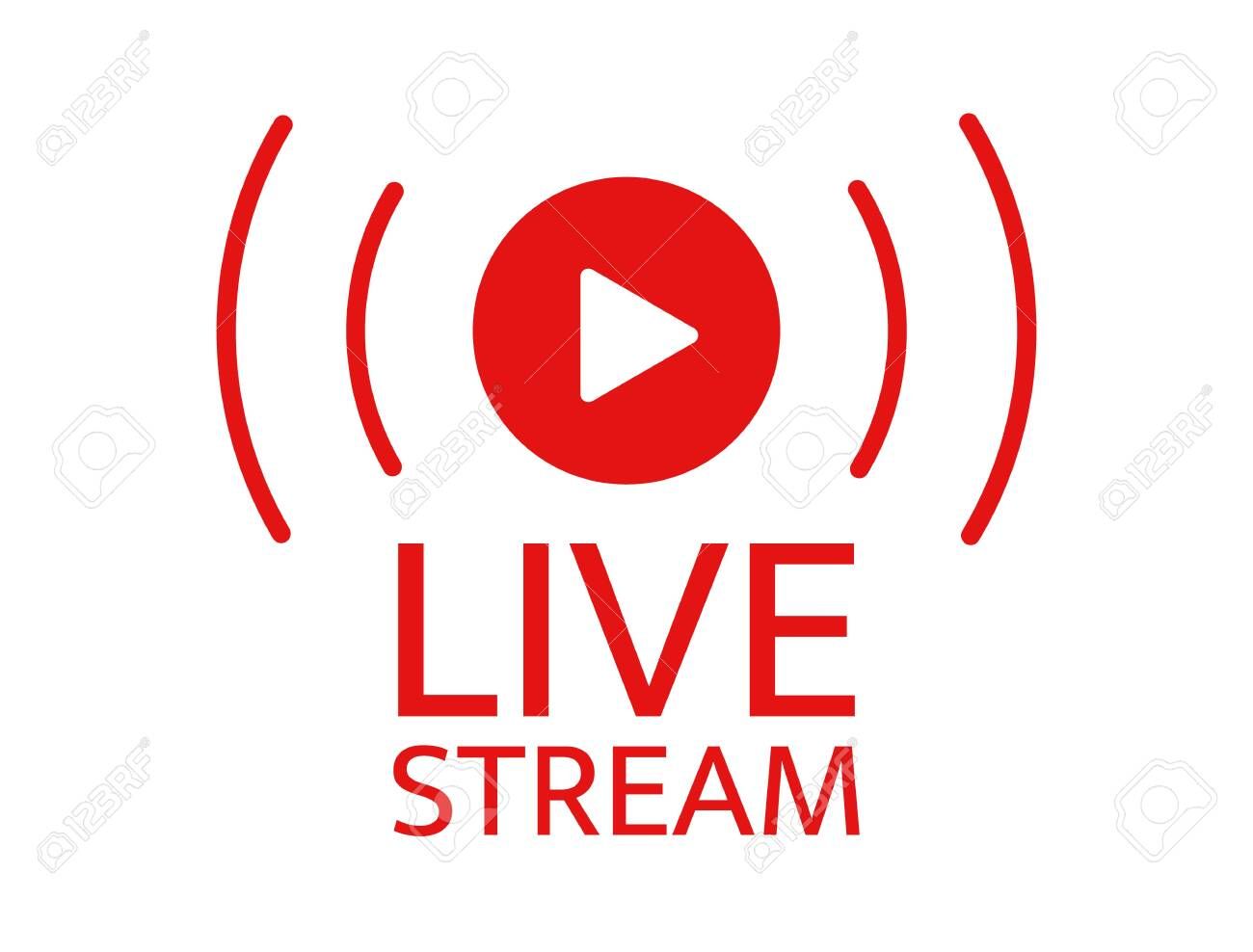The Evolution of Live Streaming Concerts: A Post-Pandemic Renaissance
Live-streaming concerts have emerged as a cultural phenomenon, forever altering the way we experience live music. In this article, we'll explore the evolution of live-streaming concerts, the social media apps that have played pivotal roles, and delve into some of the most popular live-streamed concerts of all time.
The Birth of Live-Streaming Concerts
The concept of live-streaming concerts took root in the early 2010s when social media platforms and technology converged. It allowed musicians to reach a global audience from the comfort of their own homes or studios. Initially, live-streaming concerts were simple affairs, often marred by technical hiccups. However, as technology improved and social media platforms evolved, so did the quality and accessibility of these virtual performances.
The Pioneers: YouTube and Facebook
In the initial stages of live-streaming concerts, YouTube and Facebook were the dominant platforms. Artists began to experiment with these platforms, offering fans a glimpse into their creative processes or performing live from their living rooms. These early streams, though rudimentary, laid the groundwork for what was to come.
The Rise of Instagram and Snapchat
The mid-2010s saw the emergence of Instagram and Snapchat as contenders in the live-streaming arena. Instagram's "Instagram Live" feature allowed for more spontaneous and informal live broadcasts, while Snapchat's "Live Stories" gave fans access to exclusive, short-lived concert moments. These platforms were particularly popular among younger audiences, contributing to the democratization of live-streamed music.
Twitch: The Game-Changer
In 2015, Twitch, a platform initially designed for gamers, entered the live-streaming music scene. Its interactive features, such as real-time chat and donations, offered a unique experience for both artists and fans. Musicians like Logic and T-Pain began using Twitch to connect with fans and monetize their live performances, setting the stage for a new era of live-streamed concerts.
2020 and the Pandemic Boom
The COVID-19 pandemic forced the live music industry to adapt rapidly. With traditional concerts canceled, artists flocked to live-streaming platforms to maintain their connection with fans. Instagram Live and Facebook Live became the go-to platforms for many artists during this period, with D-Nice's "Club Quarantine" sessions and John Legend's living room concerts gaining immense popularity. Take a look at this book The Basics Of Live Streaming.
The Most Popular Live-Streaming Concerts of All Time
- Travis Scott's Fortnite Concert (2020): Travis Scott's virtual concert within the Fortnite game was a groundbreaking event. It attracted over 12 million live viewers and demonstrated the potential for gaming platforms in the music industry.
- Billie Eilish's Where Do We Go? The Livestream (2020): Billie Eilish's live-streamed concert, with its immersive visuals and intimate performance, was a hit. It garnered millions of viewers and showcased the artistic possibilities of virtual concerts.
- T-Pain's "Happy Hour with T-Pain" on Twitch (2020): T-Pain's regular Twitch streams not only entertained but also connected him with fans in a meaningful way. His innovative use of the platform paved the way for other artists.
- DJ D-Nice's "Club Quarantine" (2020): D-Nice's Instagram Live parties became a global sensation during the early days of the pandemic, uniting people through music and positivity.
- BTS's "Bang Bang Con: The Live" (2020): K-pop superstars BTS held a paid online concert that attracted over 750,000 viewers from more than 100 countries, setting a new standard for virtual concerts.
Crafting the Perfect Live-Streaming Concert - Strategies for Musicians
Live-streaming concerts have become an essential platform for musicians to connect with their audiences, especially in a world where physical performances may not always be possible. To ensure a successful virtual concert, it's crucial not only to deliver a captivating performance but also to effectively market it. In this article, we'll explore the best ways for musicians to hold live-streaming concerts, including marketing strategies and how to let people know about upcoming virtual shows. Check out this book How To Make It In The New Music Business.
Choose the Right Platform
Selecting the right platform is the first step in hosting a successful live-streaming concert. Popular options include Instagram Live, Facebook Live, Twitch, YouTube Live, and dedicated concert platforms like StageIt and Mandolin. Each platform has its unique features and audience, so consider your target demographic and the interactivity you want to offer before deciding.
Plan Your Setlist and Performance
Just like a traditional concert, preparation is key. Craft a setlist that flows well and showcases your best work. Consider incorporating special moments, like acoustic sessions or Q&A segments, to engage the audience. Rehearse extensively to ensure a seamless performance, as technical issues can disrupt the flow of the show.
Invest in Audio and Video Quality
High-quality audio and video are essential for a memorable live-streaming concert. Invest in good microphones, cameras, and lighting equipment to enhance the viewer experience. Poor audio or video quality can deter viewers and diminish the impact of your performance.
Interact with Your Audience
One of the unique aspects of live-streaming concerts is the real-time interaction with the audience. Engage with viewers by responding to comments and questions during the show. This personal connection can make virtual concerts feel more intimate and special.
Promote in Advance
Effective marketing is crucial for a successful live-streaming concert. Here are some strategies to consider:
- Social Media: Use your existing social media channels to create buzz. Post teasers, behind-the-scenes content, and countdowns to the event. Encourage your followers to share the news.
- Email Marketing: Send out email newsletters to your mailing list, providing details about the upcoming concert. Offer early access or exclusive content to incentivize sign-ups.
- Collaborations: Partner with other musicians or influencers in your genre to cross-promote the event. Co-hosting or guest appearances can expand your reach.
- Press Releases: Write a compelling press release about your virtual concert and distribute it to relevant music blogs, magazines, and news outlets.
- Ticketing and RSVPs: Use platforms like Eventbrite or dedicated concert platforms to sell tickets or collect RSVPs. Offer tiered pricing options with different perks, such as exclusive access or merchandise bundles.
- Create Engaging Content: In the days leading up to the concert, create engaging content like teaser videos, live rehearsal snippets, or artist interviews to keep the audience excited.
Engage Your Fans
Encourage your existing fanbase to spread the word. Consider running social media contests or challenges related to the concert. Provide incentives for fans who share your event details with their networks, such as exclusive merchandise or shoutouts during the live stream.
Utilize Paid Advertising
Investing in targeted paid advertising on social media platforms can help you reach a wider audience. Use demographic targeting to ensure your ads reach users who are likely to be interested in your music and live-streaming concert.
Send Reminders
As the concert date approaches, send out reminders through email and social media. Consider a final countdown post on the day of the event to build anticipation.
Post-Event Engagement
After the concert, engage with your audience again. Share highlights, behind-the-scenes moments, and thank your fans for attending. Encourage them to share their experiences on social media and tag you.
Hosting a successful live-streaming concert involves careful planning, promotion, and engagement. The key is to create an immersive experience that not only showcases your musical talent but also connects with your audience on a personal level. By following these strategies and utilizing effective marketing techniques, you can ensure that your virtual concert is a hit and reaches a broad and engaged audience. Take a look at this great book The Live Streaming Handbook.
The Future of Live-Streaming Concerts
Live-streaming concerts are here to stay. As technology continues to improve, the lines between physical and virtual concerts will blur even further. Virtual reality (VR) concerts, interactive experiences, and innovative collaborations with gaming platforms are likely to shape the future of live-streamed music.
In conclusion, the evolution of live-streaming concerts has been a remarkable journey, driven by technological advancements and the creativity of artists. Social media apps have played a significant role in this evolution, with platforms like Twitch, Instagram, and Snapchat offering unique avenues for musicians to connect with their fans. As we move forward, the landscape of live music will continue to change, but one thing remains certain: live-streaming has become an integral part of the music industry's future.
Opinion: Live-streaming concerts have not only bridged the gap between artists and fans but have also opened up new avenues for creativity and innovation in the music industry. As a music enthusiast, I believe that this trend will only continue to grow, offering exciting opportunities for artists and fans alike! Click here to learn tips on how to attend music festivals.


